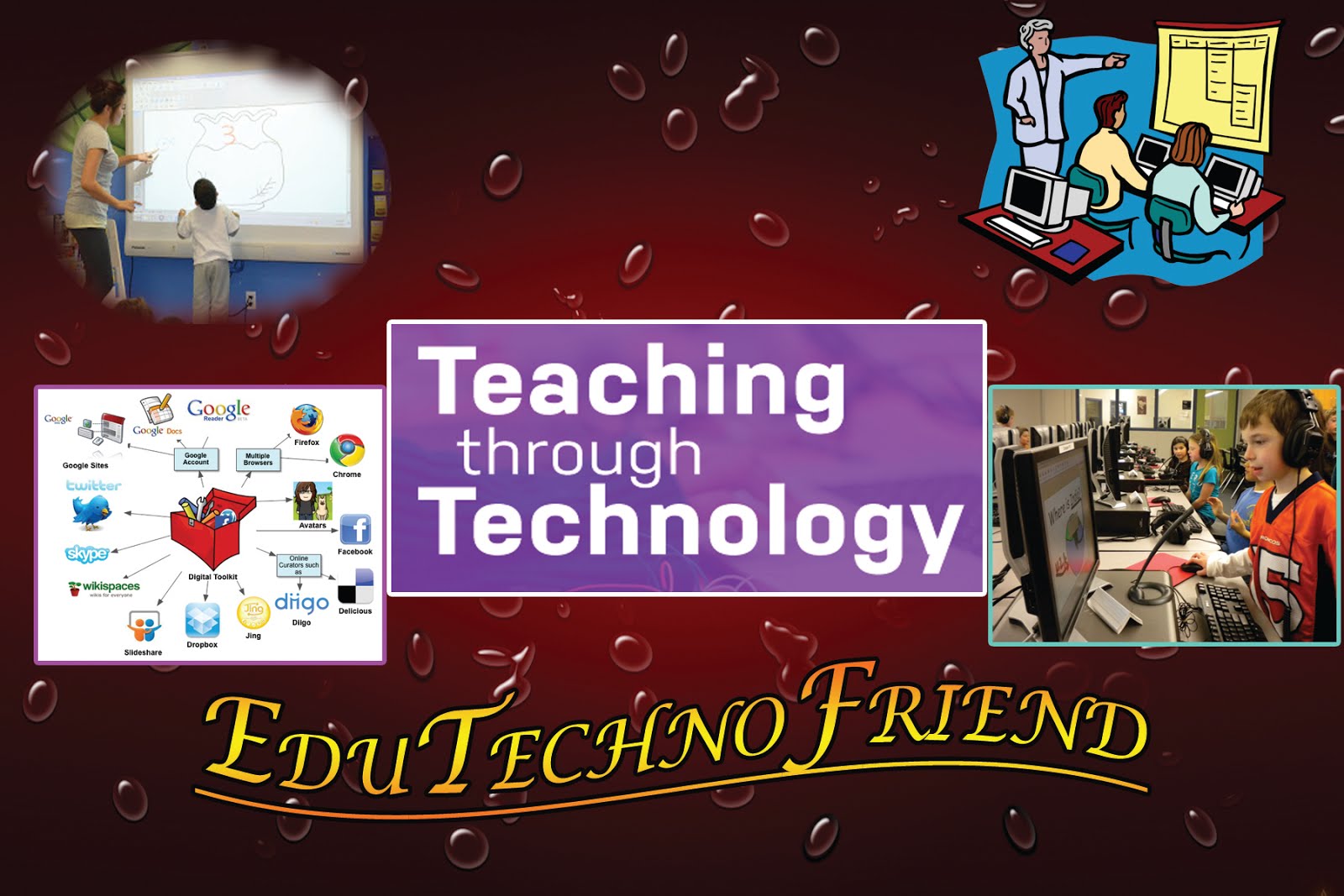TEAM TEACHING
Team
teaching is traditionally thought of as when more than one teacher is involved
in instruction within a classroom. There are a few different models of team
teaching, and more than one model may be carried out within one class period.
There are many positive effects associated with team teaching, but there are
also many things that need to be considered before jumping into a team teaching
approach.
Five
types of co-teaching Friend, Reising, and Cook (1993) identified five options teachers typically use when implementing a co-teaching model. As teams progress through these 5 types, it is important to remember these types are hierarchical across three variables. First, as you move down the continuum of models, more and more planning time together is needed. Second, as you progress in the models, teachers need an equal level of content knowledge to make the model work effectively. This equality of content knowledge can be the greatest barrier to team teaching at the secondary level. Third, as you move down the continuum, teachers must share the same philosophy of inclusion and have a level of trust and respect. Typically this level of trust and respect has to be built over time, which also is another reason it is sometimes difficult to team teach at the secondary level or in larger schools, if there is not consistency over time in building team support. Key aspects of each type of co-teaching are provided below.
1.
Lead and SupportOne teacher leads and another offers assistance and support to
individuals or small groups. In this role, planning must occur by both
teachers, but typically one teacher plans for the lesson content, while the
other does specific planning for students' individual learning or behavioral needs.
2.
Station Teaching : Students are divided into heterogeneous groups and work at
classroom stations with each teacher. Then, in the middle of the period or the
next day, the students switch to the other station. In this model, both
teachers individually develop the content of their stations.
3.
Parallel Teaching :Teachers jointly plan instruction, but each may deliver it to half
the class or small groups. This type of model typically requires joint planning
time to ensure that as teachers work in their separate groups, they are
delivering content in the same way.
4.
Alternative Teaching : One teacher works with a small group of students to pre-teach,
re-teach, supplement, or enrich instruction, while the other teacher instructs
the large group. In this type of co-teaching, more planning time is needed to
ensure that the logistics of pre-teaching or re-teaching can be completed;
also, the teachers must have similar content knowledge for one teacher to take
a group and re-teach or pre-teach.
5.
Team Teaching :Both teachers share the planning and instruction of students in a
coordinated fashion. In this type of joint planning time, equal knowledge of
the content, a shared philosophy, and commitment to all students in the class
are critical. Many times teams may not start with this type of format, but over
time they can effectively move to this type of co-teaching, if they have
continuity in working together across 2-3 years.
